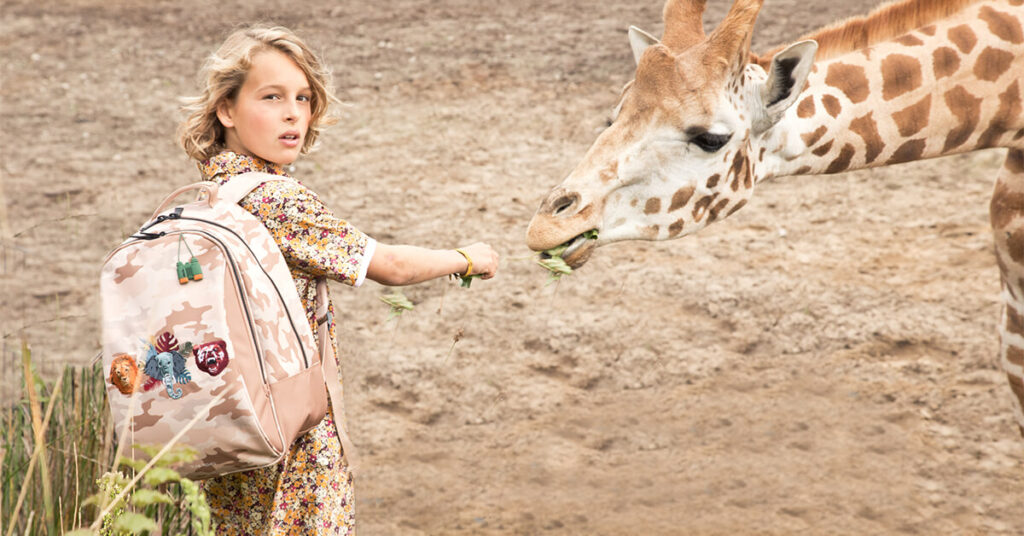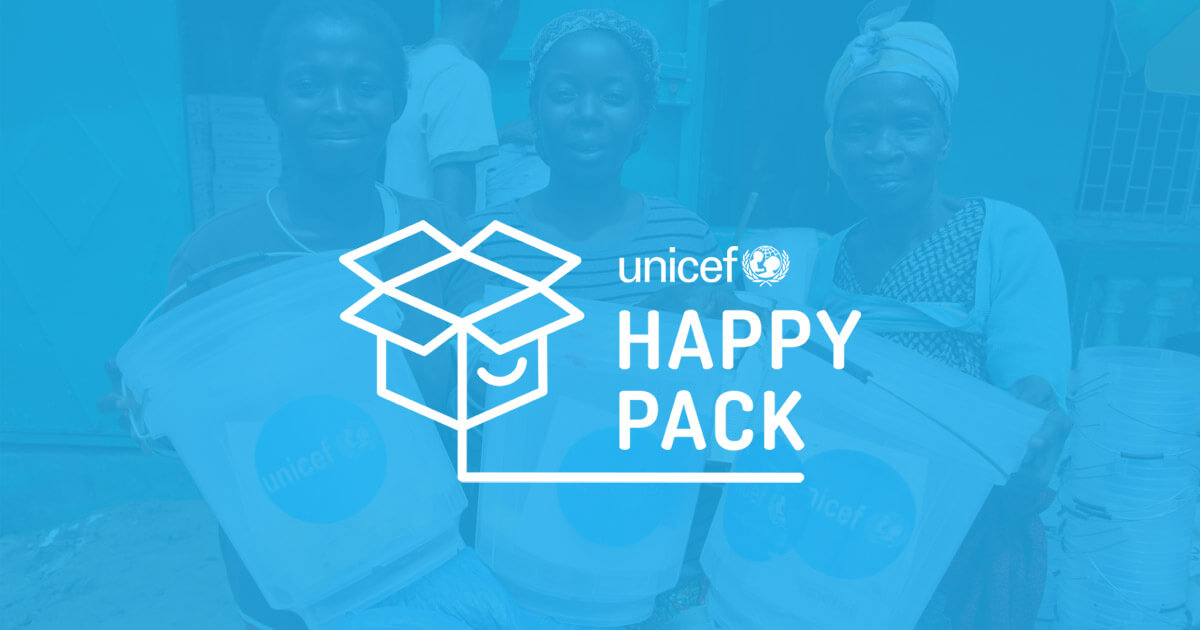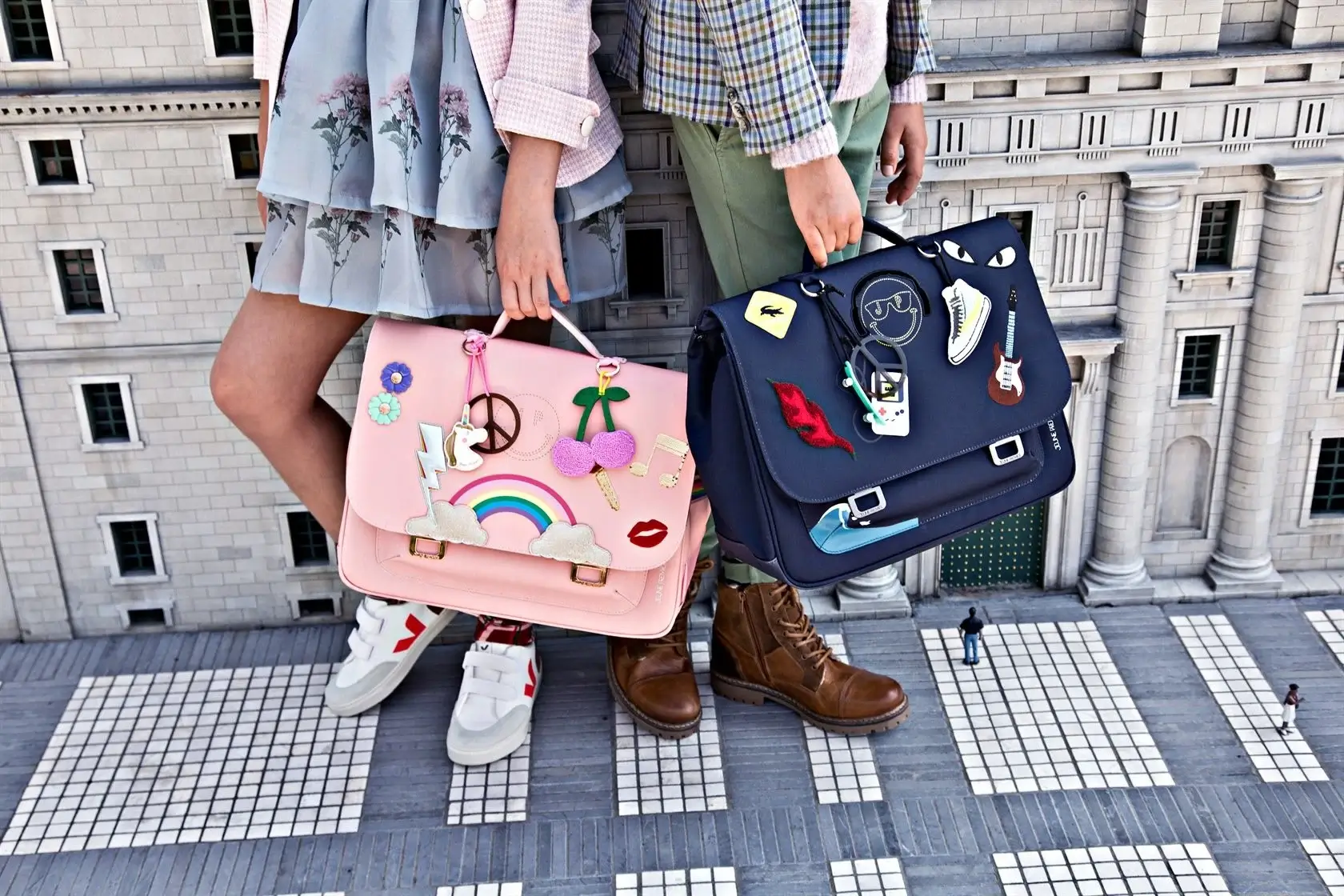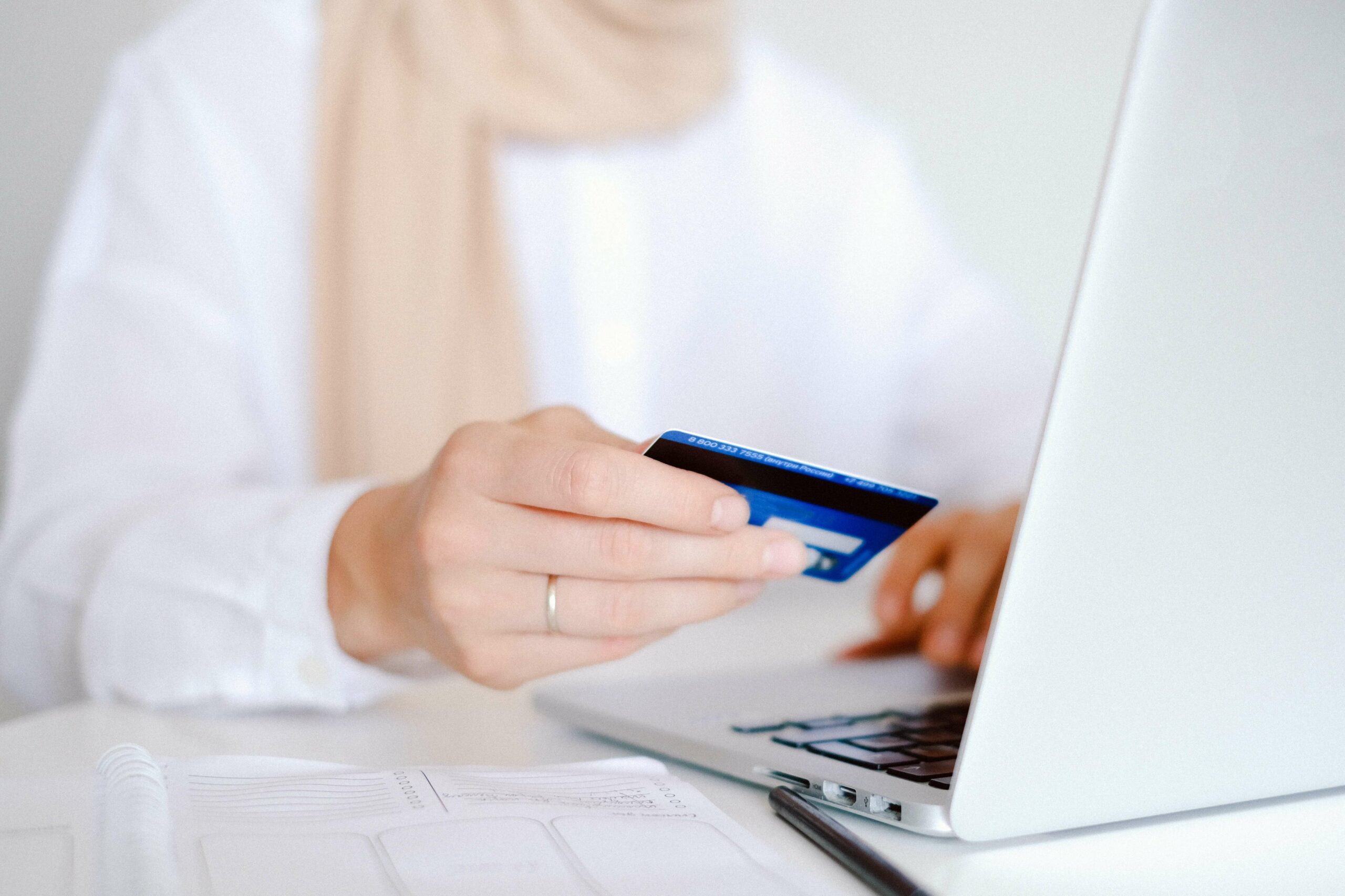Fashion, apparel & accessories
Jeune Premier
Industry
Fashion, apparel & accessories
Location
Belgium, Netherlands, France, Germany, Italy, Austria, Switzerland, Denmark, Russia
Working with us since
2021
The challenge
Jeune Premier is a family-owned luxury school bag business. The brand was born out of the owner’s desire to create a backpack that would showcase their child’s personality beyond the playground. Since 2012, the brand has grown and spread to various countries, with 1000 retail outlets in 37 countries. Jeune Premier offers school bags and accessories that cater to children up to 12 years old, with a focus on inspiring parents with their exceptional quality.
They are dealing with high seasonality, with peak periods that differ from country to country, with the back-to-school period being particularly important. On top of that, school fashion also varies per country. Because of that, the creatives and communication need to be adapted according to the country.
Our solution
Google Shopping
Google Display
Social Media advertising
SEO
Analytics
For a long time, Jeune Premier didn’t invest during the buildup to the peak periods. Our team helped them develop a long-term global strategy that recognises seasonal differences across various countries.
We also implemented a plan to drive soft conversions at an optimized cost per conversion during low periods, while maintaining a maximum cost per sale. They shifted from ad hoc campaigns during back-to-school periods to an always-on approach.
To ensure the success of our strategy, we focused on four key areas:
1) Improving the global and back-to-school strategy
In the months before a peak period, we focused on generating demand by building audiences of qualitative visitors to retarget later. In this phase, we were using awareness-oriented, lifestyle creatives and focused on generating qualitative visits rather than sales.

During the peak periods that followed, we retargeted the audiences of qualitative visitors and their look-a-like audiences and maximized the budget based on seasonality per country. In this phase, we were using product-oriented ads and dynamic retargeting to ensure personalised targeting. During the peak periods, we assessed performance based on hard KPIs: sales and cost per sale.
2) Defining a max CPL and min. ROI
To be sure the strategy was effective we needed to define a clear target, we defined a max CPL and a minimum ROI.
3) Putting in place soft KPIs
We’ve put in place soft KPIs such as product view and add-to-cart to give us a better understanding of the customer journey and to give more signals to the algorithms in the different platforms.
4) Improving the channel mix
- Investing more in the upper-funnel and mid-funnel by investing more in paid social campaigns in an always-on way with the right creatives and copies for each country. The objective was to build brand awareness and build the audience for the peak period.
- Stop investing in channels that didn’t bring incrementality such as search generic or display. And maximise shopping generic that brings incremental leads.
- Testing of new channels to work on the notoriety of the brand for the new markets we wanted to acquire with channels such as TikTok or formats like Google Discovery.









